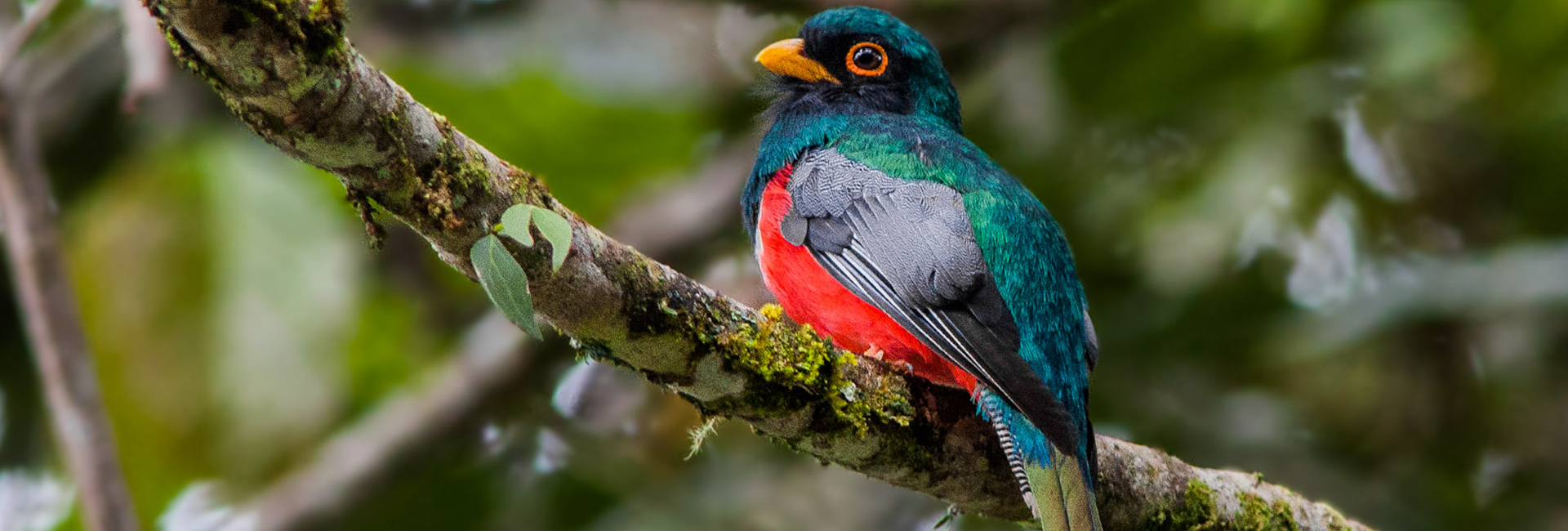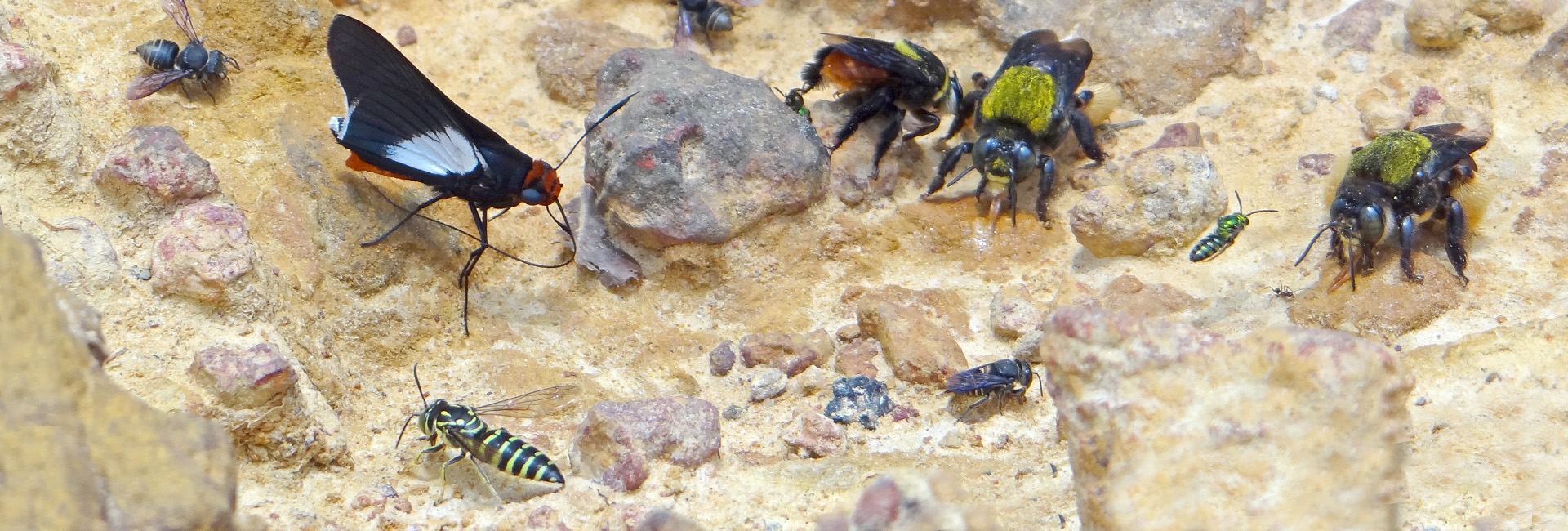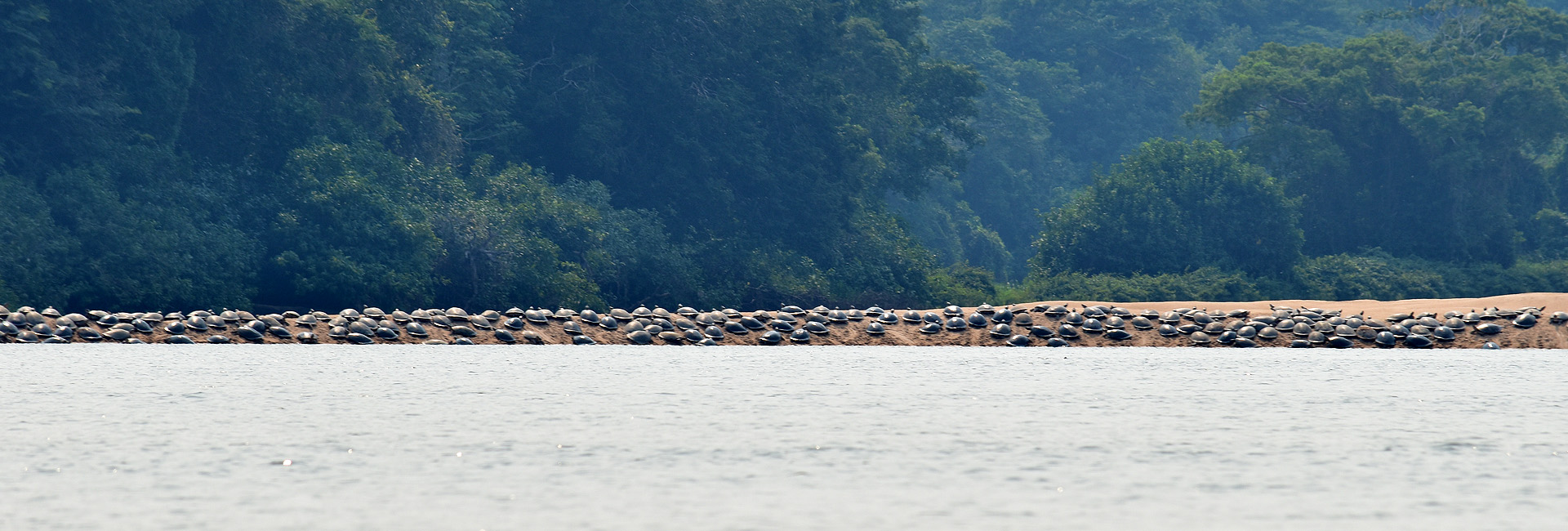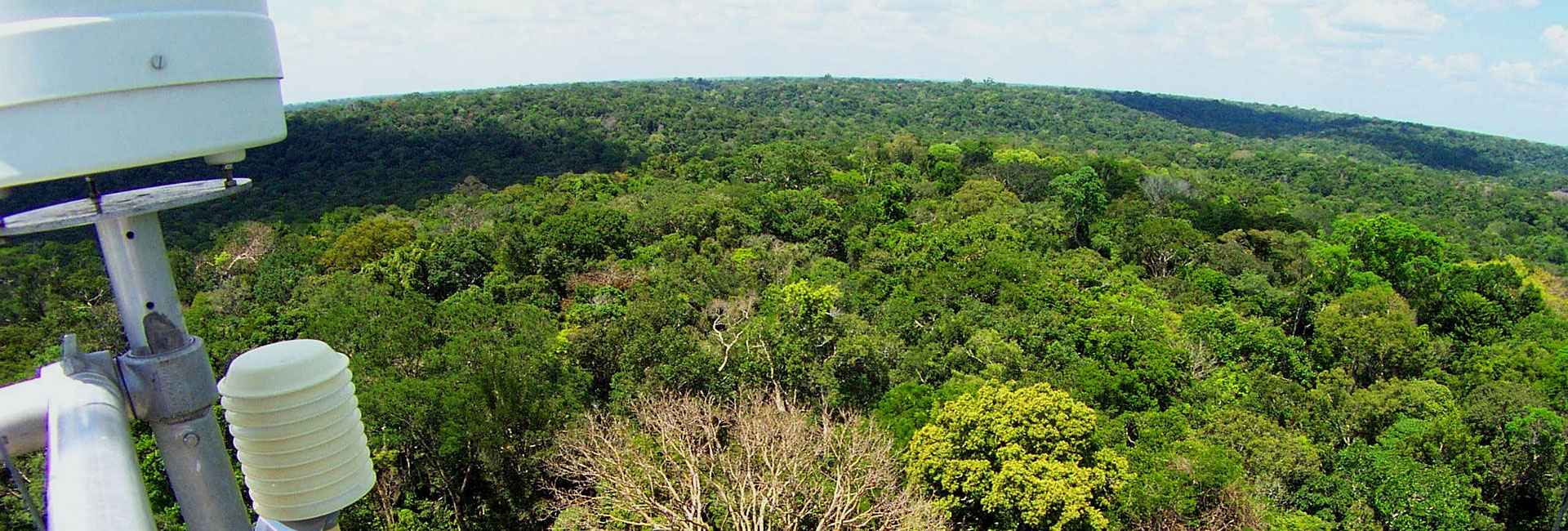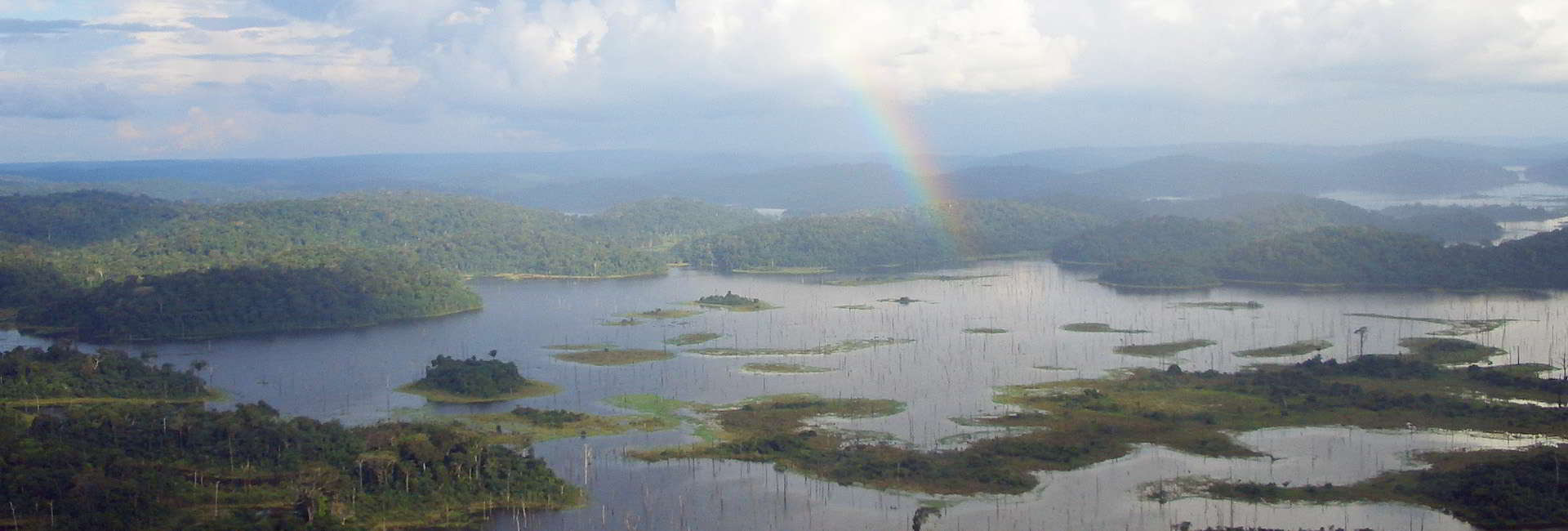The confirmed rarity of bush dogs
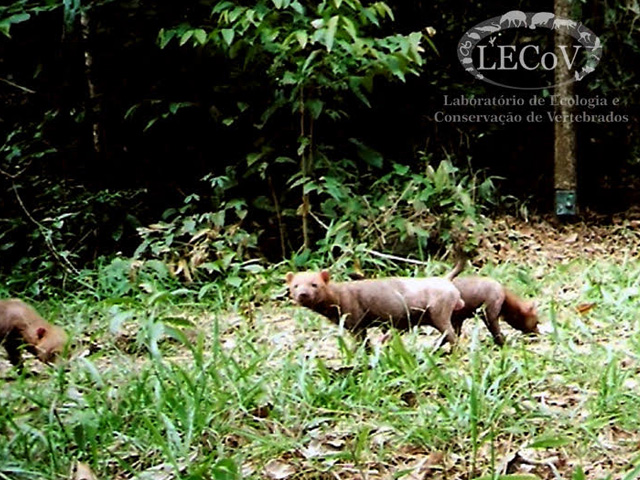
The bush dog, Speothos venaticus, is a little-known canid that lives in different habitats in Central and South America, but is rarely seen in nature. In order to estimate the relative abundance of bush dogs in the Brazilian Amazon, camera-trapping data from the masters project in Ecology of Lincoln Michalski in the Amapá National Forest (northeastern Amazon) were jointly analyzed with data from two other conservation units in eastern and central Amazonia, and one impacted and fragmented area in the southern Amazon. The study was published in the journal Oryx.
Bush dogs were recorded by cameras in all four sites, but with very low frequency, confirming that the species is indeed rare. The authors confirmed this further by revising camera-trapping data of 16 other studies throughout the Amazon and other biomes for bush-dog records. In all cases bush-dogs appeared rarely or not at all. The canids were recorded with much lower frequency in the altered, than in the preserved study areas, indicating they are negatively affected by human impact on their habitat. The results also indicated that bush dogs are predominantly diurnal in the Amazon, and usually form groups of 2-3 individuals, although they have been recorded in packs of up to eight members.
The low record frequency of bush dogs puts them in the category of so-called phantom species. Among Amazonian carnivores, only the Amazon weasel, Mustela africana, and the northern tiger cat, Leopardus tigrinus, may be rarer than the bush dog.
The bush dog’s main prey species (agouti, paca and armadillo) were quite abundant at all study sites, so that food scarcity is not likely to have caused the species to be locally rare. They might be affected by diseases, but this factor alone is also unlikely to be the sole cause of their rarity. Otherwise, bush dogs are probably subjected to strong competition pressure from larger and more powerfull carnivores, such as jaguars, pumas and ocelots, which were generally more abundant in the study sites, according to the camera-trap records. The authors believe that the rarity of bush dogs probably owes to a combination of competition, predation, diseases, as well as habitat structure and integrity.
The masters project of Lincol Michalski was supervised by Fernanda Michalski, and co-supervised by Tadeu Gomes de Oliveira.
The image shows three individuals of bush dog photographed by a camera-trap in the fragmented area in the southern Amazon.



